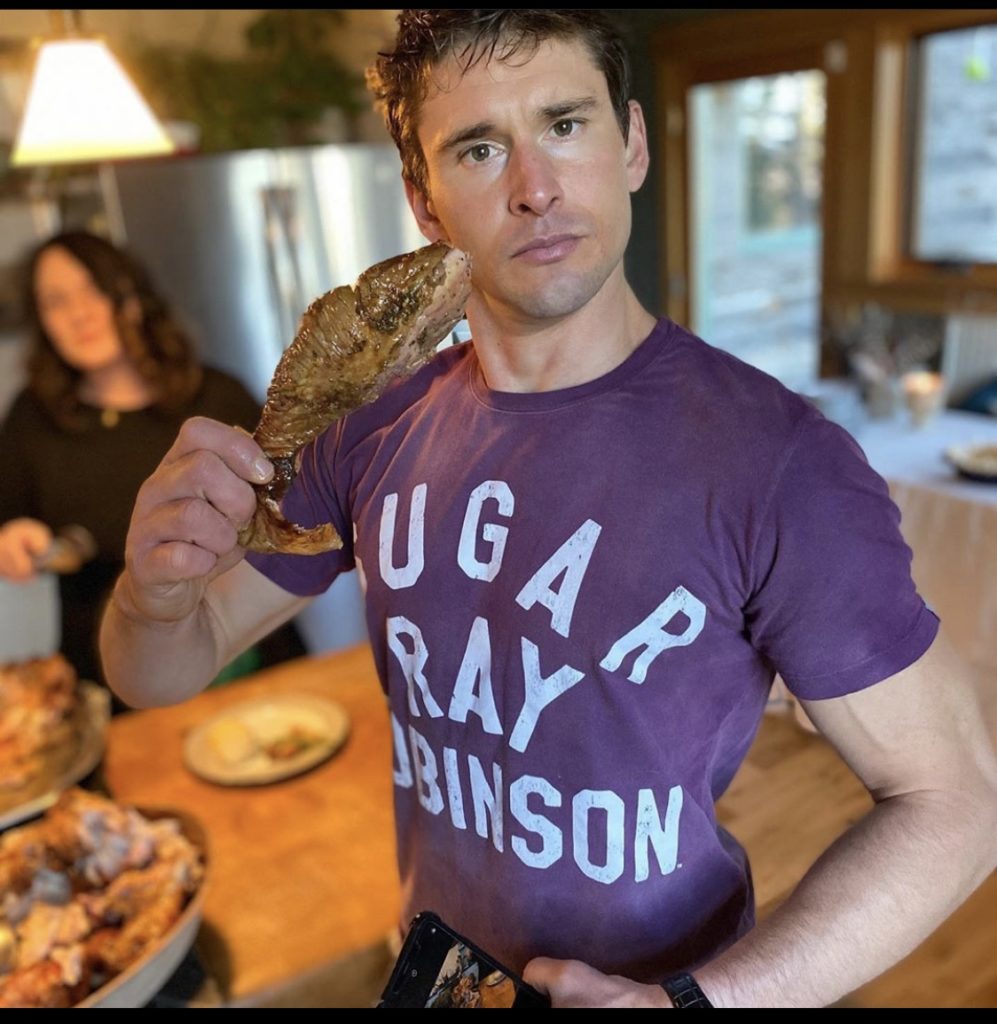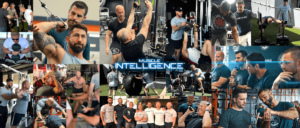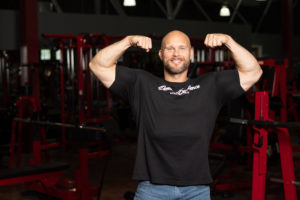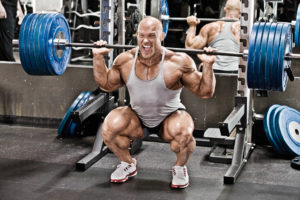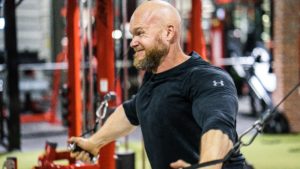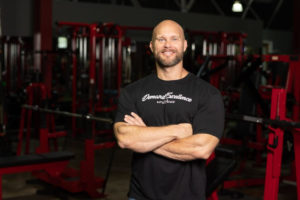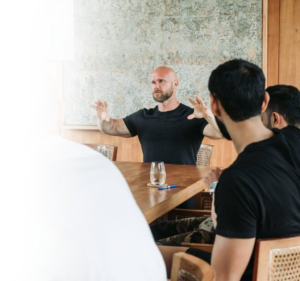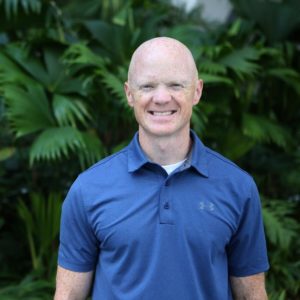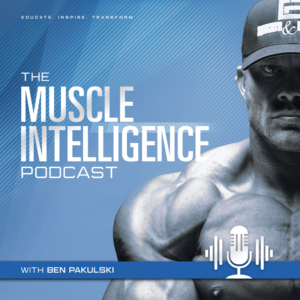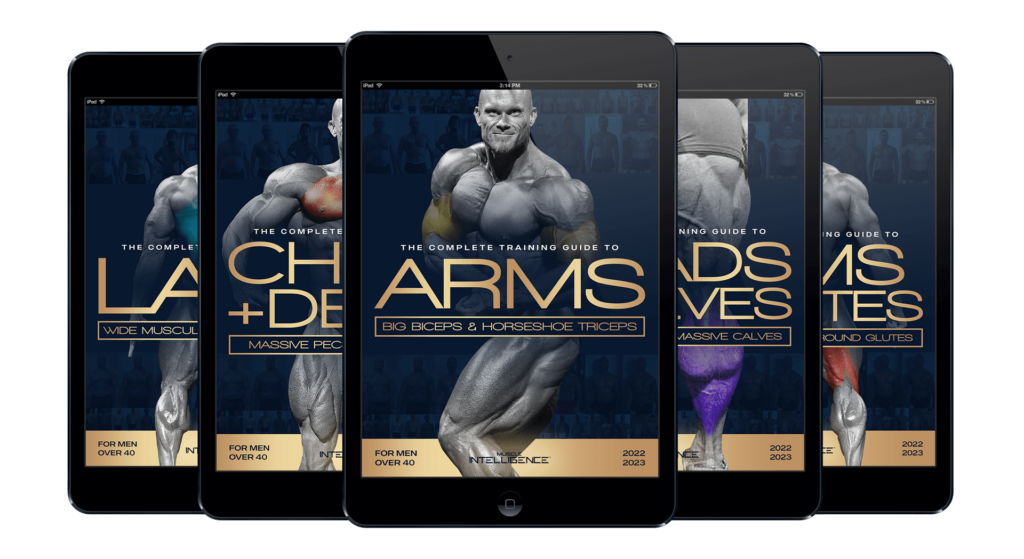The following is an excerpt taken from Muscle Intelligence podcast episode #106 with Ben Greenfield. This excerpt has been edited for clarity.
Ben Pakulski: Where do you sit on that spectrum of mTOR really being implicated in longevity?
Ben Greenfield: I think that sometimes, people get a little too myopic. I do think that exceeding about 0.8 grams of protein per pound of body weight, for most people the excess nitrogen balance from that may actually cause a little bit of an accelerated aging effect due to constant mTOR stimulation, or very high nitrogen balance.
I think that dropping below about 0.55 grams per pound is for most people not even going to allow them to build muscle and not even maintain muscle and things like sarcopenia might slip in at that point. That all being said, I think that if you have periods of autophagy and autophagy triggering mechanisms that are just staples in your daily routine, and I’m talking about hormetic stressors, like sunlight, radiation, cold, heat as a regular part of your practice. I’m talking about having some type of fasting protocol somewhere in the range of 10 to 12 hours daily for women, 12 to 16 hours daily for men, along with a few times a month to 24-hour fast, like a dinner time fast.
If you’re engaged in a lot of those autophagy-inducing mechanisms, then the concerns over protein are not that high. I do think that excess protein and excess mTOR stimulation is an issue, but I think it’s less of an issue and people who are already doing a lot of these things that are hermetic, or autophagy inducing as it is. I don’t pay that much attention to protein restriction, so long as I’m moving, so long as I’m intermittent fasting, doing cold, heat, breath work, sunlight exposure and then that fasting and mimicking diet on a quarterly basis.
It’s more about balance, but I’m definitely not a low-protein guy. I think that you can have adequate amounts of protein, as long as you’re engaging a lot of these autophagy type of practices.
BP: Ben, one of the things I respect and appreciate most of our time together was your level of respect for your environment, for your food, for this holistic organism that we all exist in. I would love if you could talk a bit more where that came from and how you really honor your food. You’re very, very aware of not being wasteful and ultimately, consuming things that are going to be energetically valuable to you.
BG: Yeah. I think there’s a few considerations there. One or more spiritual consideration and one or more, perhaps practical, logistical consideration. One would be this idea of just approaching food from a very parasympathetic standpoint. We know that enzyme production that the gut permeability will increase enzyme production, will decrease salivary enzyme production, pancreatic enzyme production, peristalsis will be affected. There’s a lot of deleterious impacts of eating in a sympathetically-driven state.
If I need to go to an appointment, let’s say I have a 2:00 p.m. appointment at the dentist and that’s usually my lunch hour, I’ll just fast and not have lunch, if the choice is eating lunch in my car versus not having lunch at all, because I simply will not eat in that sympathetically-driven state. I make smoothies in the morning, but I make them very, very thick, so thick that I need to eat them with a spoon, right? It’s very seldom that I’m drinking down a massive amount of calories. I’m allowing my mouth to begin to go to work on that food and I eat very slowly.
I chew 25 to 40 times, which is not only fantastic for your jaw structure and the crowding of the teeth, the nasal breathing, everything else that’s involved with chewing, but it also just forces you to be in that more parasympathetic state and enhances the enzyme production all the more. This idea of approaching food parasympathetically is very important. What are some other strategies? Well, people say sitting is the new smoking. I would beg to differ. I think being any one position for too long is deleterious from a biomechanical standpoint.
I certainly think that sitting cross-legged or sitting on the floor is better than sitting in our modern 90-degree angle Victorian era chairs that we’re using now. Most of the time when I’m eating with my family, I’m sitting cross-legged in those chairs. We haven’t gotten rid of all of our furniture, but I do really like that approach. You’ll often find in Japan for example, sitting on cushions on the floor. I think that sitting to eat is one of the best things that you can do, because sitting will downregulate the metabolism and will put you in a more parasympathetic state.
I think that the approach that you take to food is also important. For example as a family, we always have deep breathing before we eat. We gather around the table, deep breath in through the nose, out through the mouth three times. We all go around and we say something that we’re grateful for. We have wonderful, long family dinners. We’ll literally play games for an hour to an hour and a half sometimes during dinner, but always preceding it with gratitude, with breath work, with different blessings.
We also like to taste the things that we are cooking with. For example, if we’re using olive oil as we’re cooking or before dinner, I’ll pour some into four different shot glasses and we’ll all have a shot glass and we’ll taste the olive oil and we’ll look at the tasting notes and get to know that oil that has been used to dress our food, or to cook our food, or to marinate our food, we’ll do that with wine.
Really getting involved with having a sensory awareness of the things that you’re using to dress up the food, or accompany the food can also be really, really good for engaging the senses during a meal and helping you to be more connected with the food. Those are some things that I think might be considered a little bit woo for some folks, but it’s a parasympathetic way to approach food. From a practical standpoint, this idea of ancestral food preparation tactics…and the process of unlocking the nutrient density of foods that have built in plant defense mechanisms while at the same time increasing their digestibility paired with approaching food in a very parasympathetic manner, I think are two of the best things that you can have in your back pocket and especially while people are stuck at home on quarantine during this time. Learning how to ferment, learning how to soak, learning how to sprout, learning how to do shoots and microgreens and make yogurts, even just do something as simple as cutting open a cabbage with some water and some salt and making the countertop sauerkraut for pennies on the dollar.
Not only is this going to be super important as I anticipate an increasingly shorter food supply, but it’s also just a way to become more intimately connected to your food while improving your health, simultaneously.

